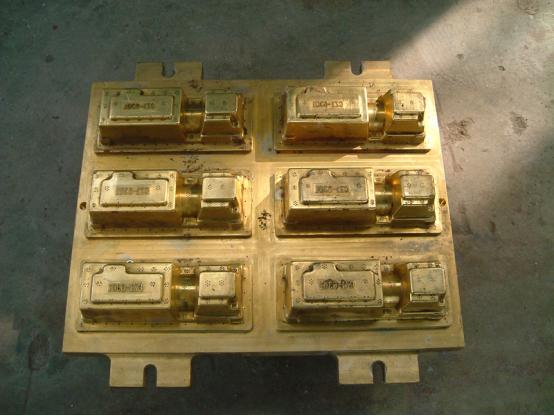Molded pulp packaging is made from a variety of fibrous materials, such as recycled paper, cardboard or other natural fibers (sugarcane, bamboo, wheat straw). The raw materials help determine the color, surface texture and strength of the packaging.
Molded pulp packaging is formed to shape. So, unlike cardboard boxes, it does does not start as a flat sheet. Instead, it is designed with round corners and complex three-dimensional shapes. Egg cartons are a great example.
In recent years, the manufacturing technology has improved so the final products have a smoother surface and a more sophisticated look & feel. With the improved appearance, pulp packaging is now being used for a wide range of applications, in addition to traditional protective packaging (end caps, egg cartons).
The growing importance of sustainability has also helped make pulp packaging an attractive option. Not only can it be made from recycled materials, it can also be easily recycled again after its useful life-cycle. If it doesn’t make it to the landfill or recycling facility, the fibers in pulp packaging are biodegradable, unlike plastic and Styrofoam (EPS) packaging.
The International Molded Fiber Association (IMFA) has identified four distinct types of molded pulp based on the manufacturing process.

Four Types
Type one: Thick walled
Manufactured with a single mold. The wall thickness ranges from 3/16 to 3/8 inches.
Type Two: Transfer Molded
Manufactured with one forming and one transfer mold. The wall thickness ranges from 1/8 to 3/16 inches.
Type Three: Thermoformed (Thin-Walled)
Manufactured using multiple heated molds. The wall thickness ranges from 3/32 to 5/32 inches.
Type Four: Processed
Manufactured with a secondary or special treatment process
Color & Texture
Molded pulp packaging is made from a wide variety of fiber materials. The material selected has an influence on the color, texture and performance
Cost Effective
Raw materials are widely available. The majority of SPI’s packaging is made from post-consumer and post-industrial cardboard and newspaper.